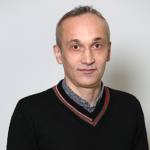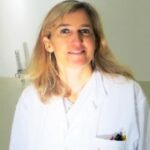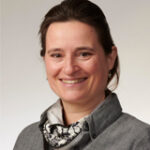The NEUROVASC Working Group is built upon multidisciplinary Centres of Excellence for Neurovascular Diseases
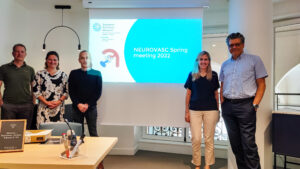
The Neurovascular Diseases (NEUROVASC WG) is one of the six Rare Disease Working Groups (RDWGs) of VASCERN that specialize in a particular type/group of rare vascular disease(s).
The NEUROVASC-WG is chaired by Dr. Dominique HERVE, from the Reference Center for Rare Diseases of the Vessels of the Brain and the Eye, CERVCO, AP-HP nord, Hôpital Lariboisiere in Paris, France and Co-Chaired by Dr. Anna BERSANO from the Department of Clinical Neuroscience at Fondazione IRCCS Istituto Neurologico Carlo Besta di Milano, in Milan, Italy.
The Neurovascular Diseases Working Group (NEUROVASC-WG) takes care of two main diseases: Cerebral autosomal dominant arteriopathy-subcortical infarcts-leukoencephalopathy (CADASIL) and Moyamoya Disease.
Cerebral autosomal dominant arteriopathy-subcortical infarcts-leukoencephalopathy (CADASIL)
CADASIL is a hereditary cerebrovascular disorder in which blood vessel walls thicken and blocks the flow of blood to the brain. A Notch3 gene mutation alters the muscular walls in these small arteries. It is characterized by the mid-adult onset of recurrent subcortical ischemic stroke and cognitive impairment advancing to dementia, as well as migraines with aura and mood problems occurring in approximately one-third of patients.
Moyamoya Disease
Moyamoya disease is a rare and progressive cerebrovascular disorder caused by blocked arteries in the basal ganglia, located near the base of the brain. Children are the most commonly affected by this disease, however, adults can also be affected. Stroke or recurrent transient ischemic attacks is typically the initial symptom of Moyamoya Disease in children and it is often followed by muscular weakness or paralysis on one side of the body. Adults may also experience identical symptoms as a result of blocked arteries, but hemorrhagic stroke is more common as a result of bleeding into the brain.
| Sub-thematic areas of expertise | Rare of complex disease(s) or condition(s) or highly specialized interventions | Code/ICD/Orphacode/Group of codes | Incidence (Number of cases/year) (in the EU) | Prevalence (in the EU) |
|---|---|---|---|---|
| NEUROVASC | Cerebral autosomal dominant arteriopathy-subcortical infarcts-leukoencephalopathy (CADASIL) | ICD-10: I67.8 ORPHA136 | estimated to be 1/50 000- 1/25 000 | |
| NEUROVASC | Moyamoya Disease | ICD-10: I67.5 ORPHA2573 |
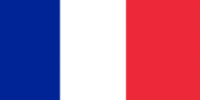
FRANCE
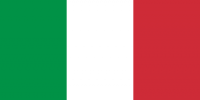
ITALY
Fondazione IRCCS Istituto Neurologico Carlo Besta di Milano, Milan, Italy
VASCERN NEUROVASC European Reference Centre


GERMANY
Alfried Krupp Krankenhaus, Ruettenscheid, Germany
VASCERN NEUROVASC European Reference Centre – Neurology Clinic

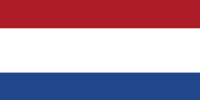
NETHERLANDS
Pills of Knowledge (PoK)
Pills of Knowledge (PoK) are the deliverable for VASCERN Work Package 4 on Pills of Knowledge, defined as short single video lessons (of approximately 3-5 minutes long) in which an expert talks about a specific topic that has been selected and validated by the Rare Disease Working Groups (RDWGs).
Pills of Knowledge coming soon for NEUROVASC WG
Patient Pathways aim to improve the care and management of patients with a rare disease. They include the “red flags” that may lead to the suspicion of the disease, how to reach a definite diagnosis and the management and follow-up recommendations. They are a very important tool used in defining the best patient care and will be further validated and updated when needed.
The NEUROVASC WG patient pathway coming soon
Clinical Practice Guidelines for NEUROVASC WG coming soon.
Clinical expert consensus statements for NEUROVASC WG coming soon.
Do’s and Dont’s Factsheet for NEUROVASC WG coming soon.
The Clinical Outcome Measures for the NEUROVASC WG is coming soon.
Collaborative research and publications from the NEUROVASC WG are coming soon.




